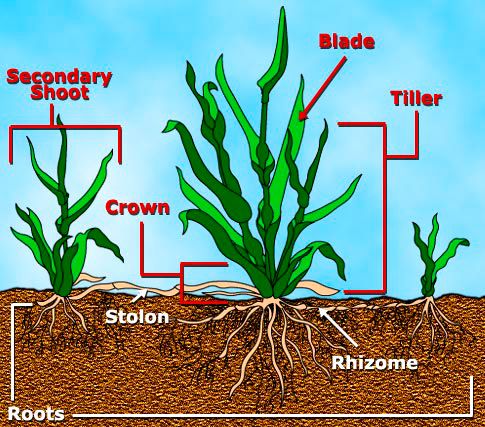Your cart is currently empty!

Tips For Planting Grass Seed in Summer

If you’re considering planting grass seed in summer, there are some tips to keep in mind. In fact, this is one of the worst times to seed most types of grass, so you’ll want to be extra careful with your preparations.
The first step is to prepare your soil. This means removing rocks, sticks and other debris that can prevent the seed from germinating properly. Leveling out the ground can also help prevent divots from developing once the grass starts growing.
Watering
Watering grass seed is one of the most important steps in planting a new lawn. Without adequate moisture, the seed won’t germinate and will die.
Before you plant, water the area in which you’ll be sowing to a depth of 6 to 8 inches. This creates a more hospitable environment for the seeds to grow and helps prevent weeds from taking root in the soil.
Next, sow the seeds to a depth of 1 to 3 inches. Keep in mind that grass seeds need constant moisture to germinate, so a schedule of daily watering should be followed.
For optimal results, you should water your newly planted grass seeds two times per day for 5 to 10 minutes each time. After the seeds sprout, change to a twice-weekly watering schedule.
Fertilizing
Lawns depend on a variety of nutrients to grow and flourish. A well-fed lawn will have a stronger root system and withstand the heat, cold, drought, mowing, and foot traffic better.
Soil naturally loses nutrients over time, and fertilizer replenishes these missing components to give your grass a healthier, thicker, and greener body. A healthy lawn can be an easy-care landscaping option that’s a joy to look at and enjoy, so it’s important to know how to apply fertilizer properly.
Start with a starter fertilizer that’s specially designed to meet the needs of seeds until they germinate. It will have a nitrogen to phosphorus ratio near 1:1, which is what new grass seed needs at this stage of development.
After seeding, water regularly to keep the compost moist and the newly germinated grass seed moist until they’re 3″ tall. Mow once they’re about 3″ high, removing about 1/2” to 3/4” of the grass blades with a sharp mower blade.
Weed Control
A hot, dry summer makes grass thin and weak which is the perfect environment for weeds to take hold. A properly mowed lawn with proper irrigation and fertilization practices will prevent these weeds from growing.
Using pre-emergent herbicides before weed seeds germinate is the best way to control weeds. Applying a pre-emergent herbicide to a lawn at the right time of year will help conserve water, nitrogen and moisture for use by the turfgrass species during the following growing season.
Post-emergent herbicides can also be used to control some annual weeds in the lawn, such as crabgrass and smooth crabgrass. Selective post-emergent herbicides, such as glyphosate, can be applied as needed to kill weeds in the landscape as well.
Pruning
If you’re not careful, warm weather conditions can kill young grass seedlings. Similar heat, humidity and soil aeration stresses that stunt robust farm crops like corn and soybeans can also destroy small lawn seeds.
Pruning helps maintain a good balance between older and younger growth on trees, shrubs, vines, perennials and other plants to promote healthy plant development and prevent insect or disease damage. It can also be used to encourage desired plant forms or special garden designs.
Grasse-like plants such as Yucca, Cordyline and spiky-leaved Carex sedges often develop long trunks over time that can make them look unattractive in the landscape. To avoid this problem, prune the trunk back to about one-third of its length.
Shorter grasses may be given a more rounded cut, and taller ones, a straight across cut. This ‘hedgehog’ cut makes them more tidily cropped, as well as ensuring that the grasses grow back in a tidier manner. Keeping your grasses tidier will help them stand out more in the landscape and attract wildlife.
by
Tags: